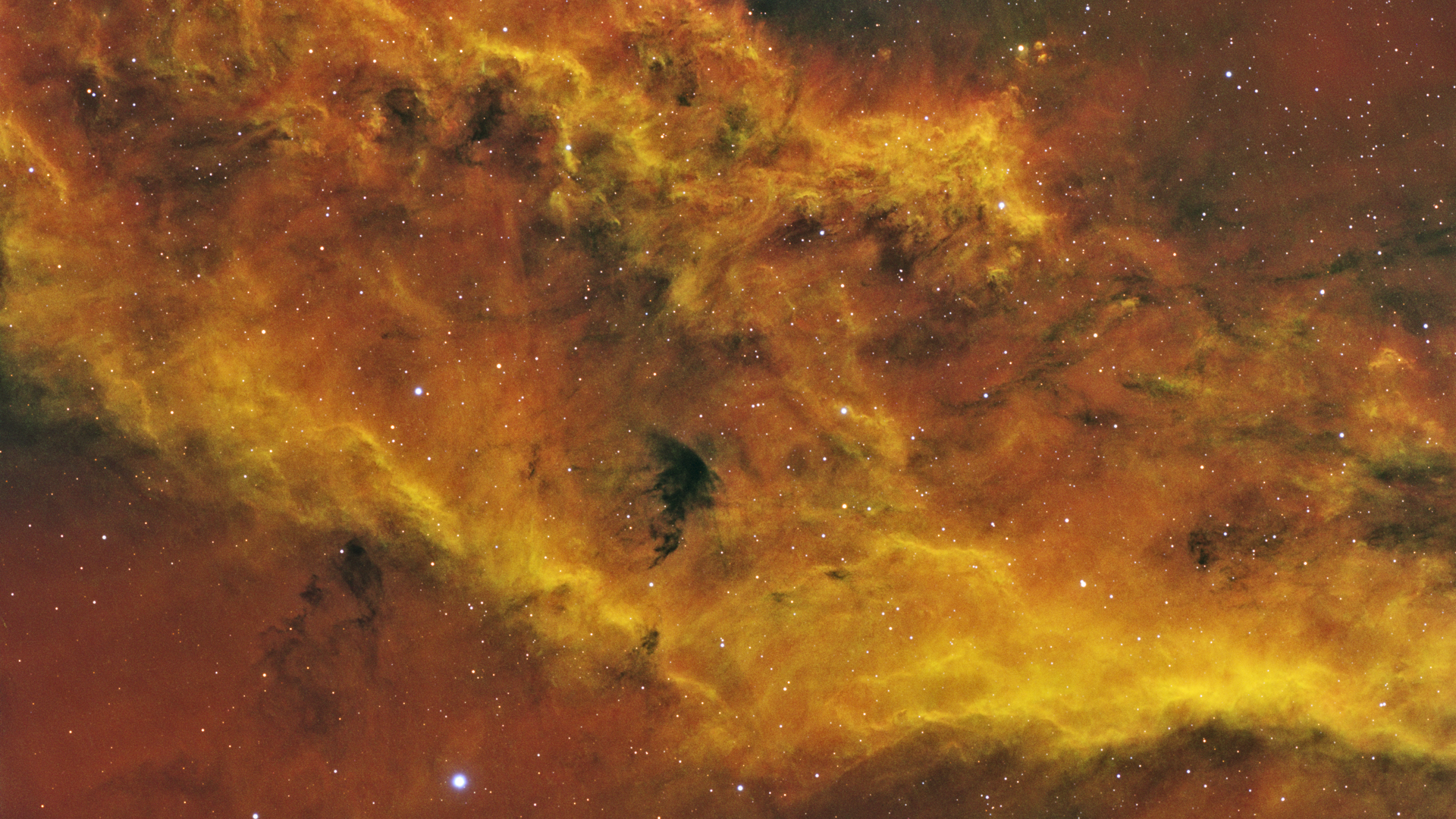PixInsight Guide: IntegerResample (knowing when to bin your data)
Intro Binning is a topic that confuses a lot of people — myself included! In this guide I hope to
Continue readingPixInsight Guide: IntegerResample (knowing when to bin your data)

Intro Binning is a topic that confuses a lot of people — myself included! In this guide I hope to
Continue readingPixInsight Guide: IntegerResample (knowing when to bin your data)
Intro I’m often contacted with lots questions, and am always happy to help beginners. Perhaps the most common theme that
Continue readingGuide: “Which filter should I use with my OSC camera?”
Overview The Flaming Star Nebula (IC 405) is around 1500 light-years from Earth, and measures 5 light-years across. Its stand-out
Intro Optolong have released a new broadband light pollution filter, the L-Quad Enhance. Can it help with bright city skies?
Intro We hope our astro kit never breaks, but what happens if you do need to send it off for
Continue readingZWO RMA: Sending a broken camera from the UK to China for repairs
Intro This guide will give tips on how to best use a Seestar S50 telescope to show public audiences the
Continue readingGuide: using a Seestar S50 for public outreach star parties
ZWO’s Seestar S50 smart telescope is an all-in-one portable astrophotography set-up with beginners in mind, designed to make imaging as
I’m getting a lot of requests through for processing walkthroughs, so here’s a simple one to begin with: regular RGB
Continue readingPixInsight walkthrough: Processing OSC RGB data (M13)
Overview The Rotten Fish Nebula is a type of object known as a dark nebula. The blackest areas, seemingly empty
Overview The Cygnus Wall is a turbulent region of star formation, and part of the much larger North America Nebula